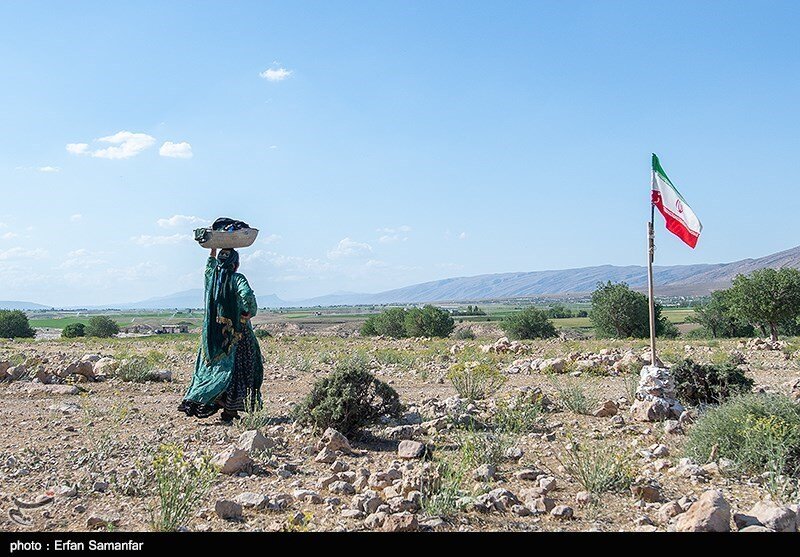‘Joblessness caused 10% of migrations to urban areas last year’

TEHRAN – Over the past Iranian calendar year (March 2018-March 2019), 588,312 individuals left villages for cities, while the reason behind 10 percent of total migrations was the lack of appropriate jobs and sufficient income, Mehr news agency reported on Wednesday.
A total of 711,154 people have migrated from the place they used to live last year, 122,841 of them have moved to rural areas.
According to the statistics published by the center of statistics at the Ministry of Cooperatives, Labor and Social Welfare, following the family members is the top reason behind migration with a share of 52.8 percent.
The second most important contributor to migration is job seeking, accounting for 10 percent of the total migrations.
Moreover, finding a decent job with better income is the third cause of migration, constituting 6.5 percent.
In regard to migration to urban areas, the three aforementioned contributors hold 53.9 percent, 10.1 percent and 6.4 percent shares, respectively.
However, migration to villages from cities based on following the family members, job seeking and finding a decent job with better income was reported to be 47.8 percent, 13.5 percent and 9.1 percent, respectively.
Among the people who migrated last year, 302,817 were among the working population, of them 234,064 were employed and 68,753 were unemployed.
The statistics show that 77.3 percent of the migrant population were employed and 22.7 percent were unemployed.
The lowest important causes of migration of the working population last year were graduation, education and military service, respectively.
Abolfazl Razavi, deputy vice-president for rural development and deprived areas, has said that some 60 percent of migrations from rural to urban areas are caused by the lack of appropriate jobs and sufficient income for educated people.
Measures taken to reverse migration by making people to move to rural areas including providing facilities and sustainable job generating has increased rural population in some provinces of the country, he highlighted.
FB/MG
